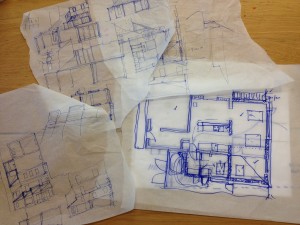It’s Carers week 2015 in the UK so I thought I’d write a little bit about us and about the difference a ‘care friendly’ home would make.
We are all on different journeys to become carers, for some it is a sudden occurrence (through accident or sudden illness), but for most (I think?) it’s a very gradual thing.
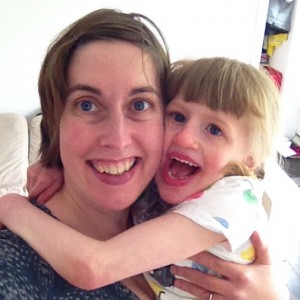 We didn’t know EJ was going to have additional needs when she was born, her neurological condition only gradually revealed itself to us. She’s now 4.5 and is non-verbal with very limited communication and understanding, is mobile in a sort of bunny hop/bumshuffle fashion, can stand and take a few steps with support but is a long way from walking (if she ever does?). I still feel a bit weird about the term carer as it applies to me – I’m a mum, and being a mum to any child is being a carer – isn’t it? However I can see that the older EJ gets, the more I will fit into the role of parent carer. My days continue to involve a lot of guessing what she needs/wants, nappy changing, help with eating, lifting, oh and hugs! Lots of hugs!
We didn’t know EJ was going to have additional needs when she was born, her neurological condition only gradually revealed itself to us. She’s now 4.5 and is non-verbal with very limited communication and understanding, is mobile in a sort of bunny hop/bumshuffle fashion, can stand and take a few steps with support but is a long way from walking (if she ever does?). I still feel a bit weird about the term carer as it applies to me – I’m a mum, and being a mum to any child is being a carer – isn’t it? However I can see that the older EJ gets, the more I will fit into the role of parent carer. My days continue to involve a lot of guessing what she needs/wants, nappy changing, help with eating, lifting, oh and hugs! Lots of hugs!
In my ideal world we’d already live in an accessible home, or at least one built to inclusive design standards like lifetime homes. When we bought our house it was more a matter of finding something we could actually afford in an area that my husband could commute to work from! The house we have is the only one we found that fitted those categories (it only fitted the affordability category as it needed quite a lot of TLC!) – but, it is not accessible.
We, like so many others, are ‘making do’ in an unsuitable house (for other people’s stories see Leonard Cheshire’s #Hometruths campaign).
We could move – but there is a real lack of accessible housing on the private sale market and almost zero on the private rental market.
We could join the council housing/housing association list – but again there’s a distinct lack of available properties and therefore any that come up are in extremely high demand.
Or finally, (and this is the route we are going down) we could adapt. (We are very grateful that there is some financial support for this in the form of the Disabled Facilities Grant, but it is a long process and, of course, is a limited sum – so to meet Twinkle’s needs our project will involve partially self funding – ie borrowing more!).
None of our options would be a quick fix, and most would involve a large amount of upheaval, stress and cost – something that people finding themselves needing care or in a caring role can little afford – and for that reason, many just struggle on continuing to try and ‘manage’ with what they have.
Unfortunately the house building industry often seems to pigeonhole design very much as ‘wheelchair friendly’ or ‘normal’. But what is ‘normal’!?
If you think about it, everyone begins life ‘disabled’! We’re not born walking, most of us begin life ‘on wheels’! Many of us will also end life with reduced mobility (not to mention the whole spectrum of conditions between cradle and grave that could affect our use and enjoyment of our homes (sight, hearing, dementia…..). To me it just seems wasteful and unsustainable not to design homes to allow for this transition as easily as possible!
Some councils, have adopted a standard called Lifetime Homes for new houses. It is meant as exactly that. It doesn’t have to be fully wheelchair accessible from the start, but that the fundamentals of the design should consider a whole lifetime’s needs. The house, and access to it, follow a checklist of features that would make life much easier for a disabled or elderly resident or visitor (and therefore also for those caring for them). The design should also take into account how it could be adapted in the future if needed (e.g. where lifts or hoists could be positioned for the greatest benefit and least impact on the rest of the family).
I would love to see this standard adopted nationally for new housing. It would ease so much pressure (both mental and physical!) for people if their home accommodated them easily, no matter their ability, without having to go through disruptive changes at a difficult time in their lives (not to mention helping free up space in hospitals if people can more easily return to their own homes!).
But the scope shouldn’t just be new houses! Like us, most people live in a ‘2nd hand house’! What I’d like to see is more inspiration and information out in the mainstream media about the benefits of inclusive and accessible design for everyone. There is the occasional article in the mags or a feature on home design TV shows, and (of course!) there is the gold standard – DIYSOS Big Build – who do amazing work! However generally these features tend to include a disabled family member. How often is there any mention of accessibility or inclusion otherwise? So often when these TV shows start off, the family is young and able, with no children (or pregnant, so many of them are pregnant!), building a home for their new family life – how fab would it be to discuss inclusive design in this context – a home that’s easily adaptable for whatever life throws at you?!
We need a change in perception! We need to get people thinking about how their home can be comfortable for the long haul? Consider flexibility for the future!
I understand that it may seem a bit depressing to be talking about degenerative health when you embark on a new and exciting house project, but inclusive design is not just about illness, disability and old age. Inclusion is about multi-generations. It’s about children, people with bikes to store, being able to get big furniture into the house without taking out a door frame! It’s about well considered planning. You only have to watch a few episodes of Grand Designs or read a few interiors and house design magazines and to see that people are aspiring to lovely wide open plan spaces, level garden decks etc – lots of things that are completely compatible with inclusive design. Nothing makes achieving wheelchair turning circles easier than minimizing narrow corridors and gaining more open plan living space! Lifetime homes/design for all needs is just an extension of what people are already moving towards. With an extra layer of thought added: Where would a vertical lift go if one was needed in the future? Would a room downstairs be able to become a bedroom? What about wheelchair storage areas (also useful for bikes, buggies, kids trikes/scooters) or the downstairs loo big enough to fit a wet floor shower (- and how useful for hosing down muddy kids and dogs too!)?
We are all willing to take out insurances to protect our fincances when we buy a home, so why not consider our future needs in our home when making a big investment like an extension and/or refurbishment? I think people would be open to consider these ideas were they made aware of the the benefits and offered inspiration!
I think a lot can be learned from the way that improvements in energy efficiency performance has moved up the agenda in recent years. An Eco home is now a sellable feature so why shouldn’t inclusive sit proudly alongside eco on that estate agents brochure!?
 Quite how I managed to set up and publish my first post in such a busy fortnight two years ago I’ve absolutely no idea!!
Quite how I managed to set up and publish my first post in such a busy fortnight two years ago I’ve absolutely no idea!!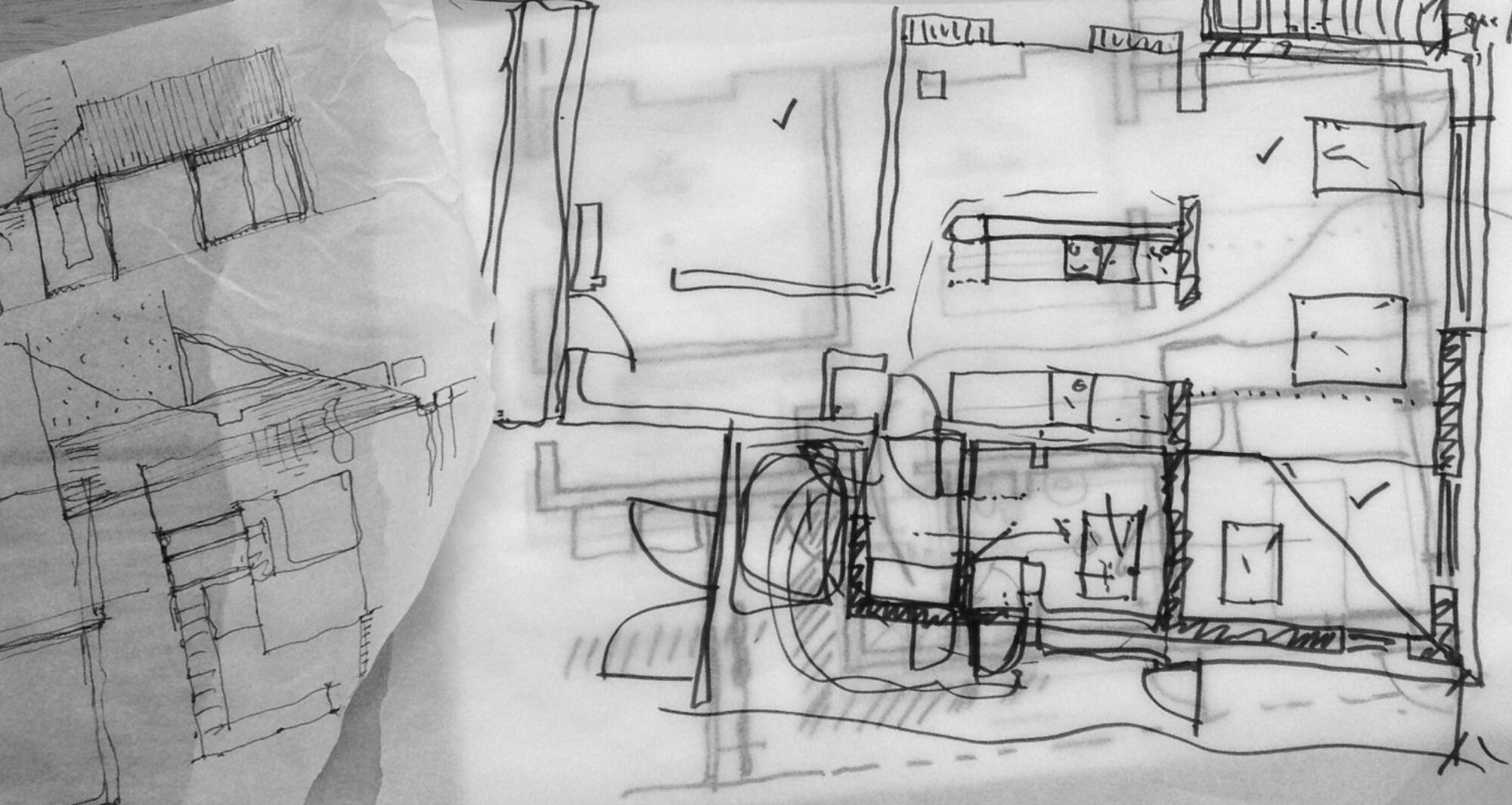

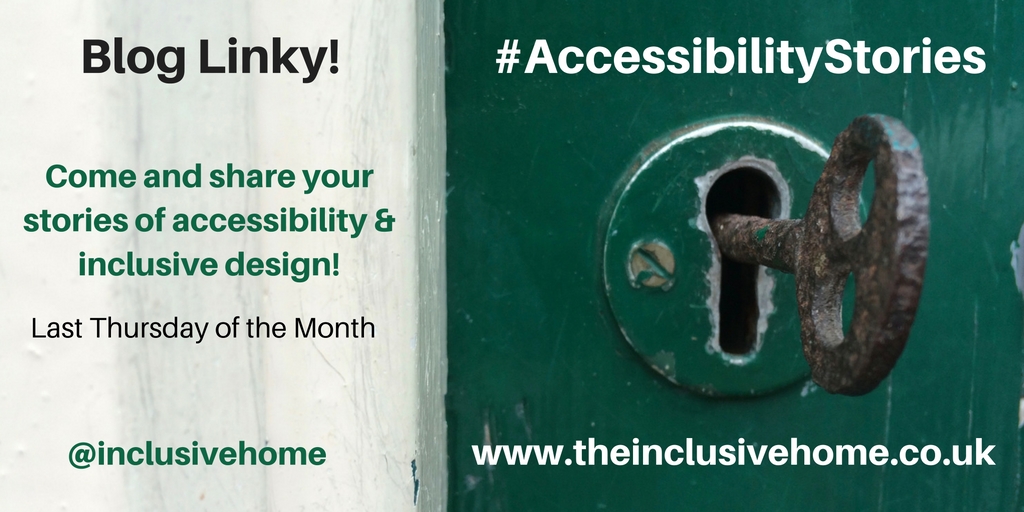
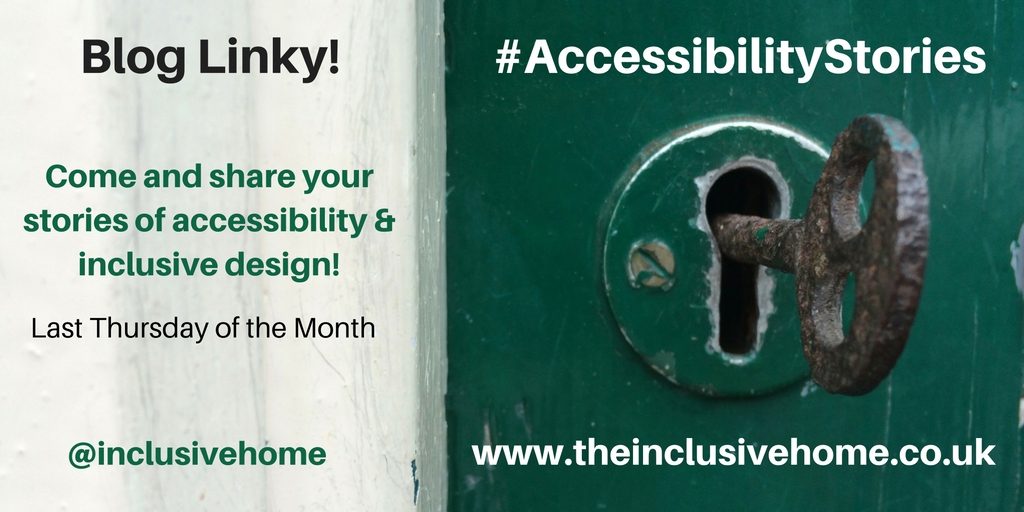
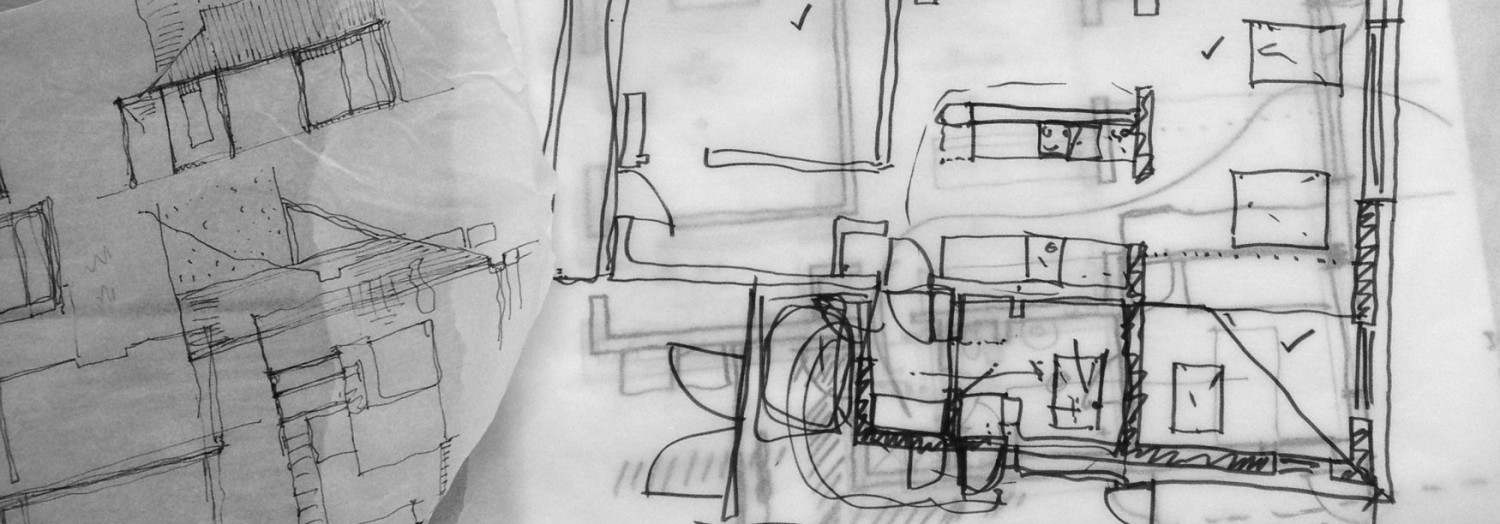
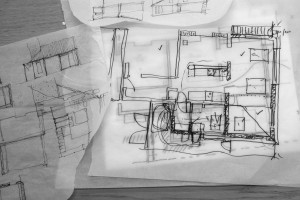
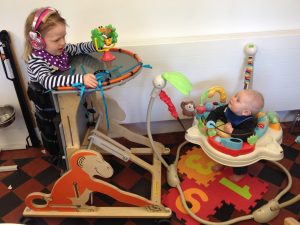 Somehow the idea that inclusive design (or even better accessible or universal design) is of benefit to us all, isn’t being embraced! I guess if you are young and fit it’s easy to be oblivious as to how our environment and buildings can make life difficult (or even impossible) for some people, but if you get injured and have to use crutches or a wheelchair, or even try to push a pram or wheel a large suitcase around, the environment can suddenly appear very inhospitable.
Somehow the idea that inclusive design (or even better accessible or universal design) is of benefit to us all, isn’t being embraced! I guess if you are young and fit it’s easy to be oblivious as to how our environment and buildings can make life difficult (or even impossible) for some people, but if you get injured and have to use crutches or a wheelchair, or even try to push a pram or wheel a large suitcase around, the environment can suddenly appear very inhospitable.
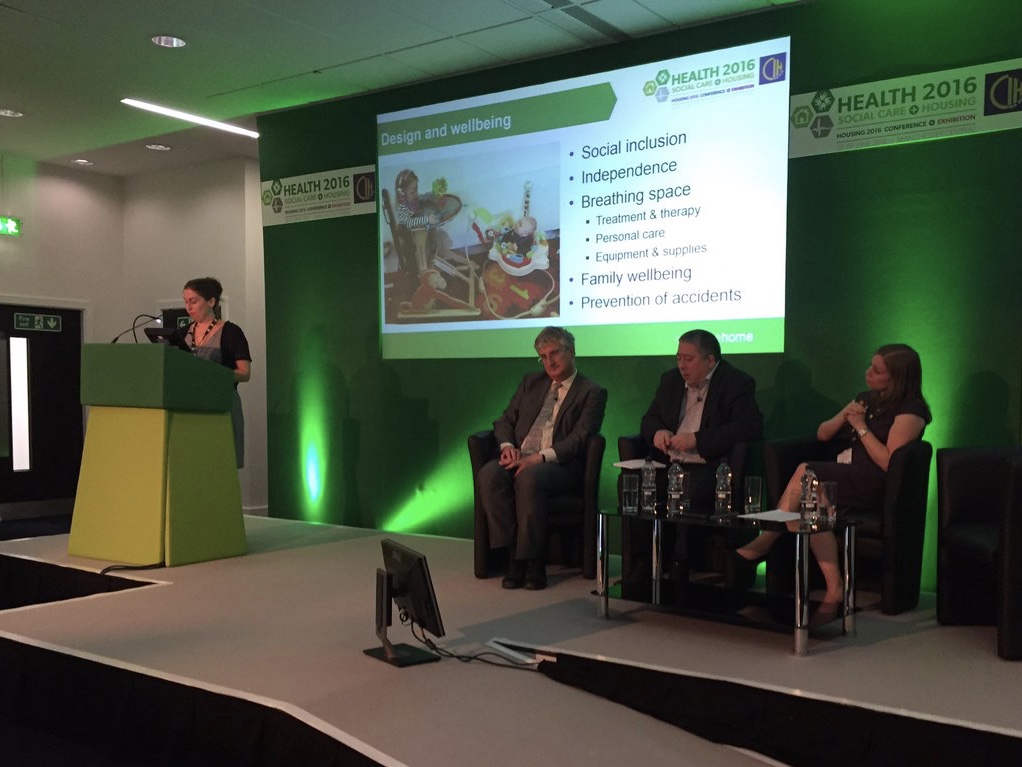
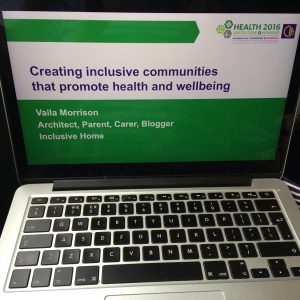


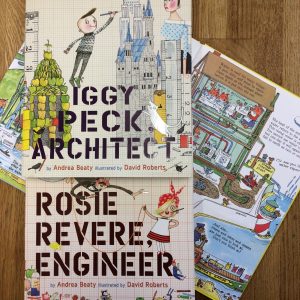

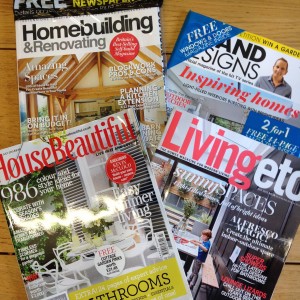


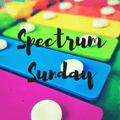


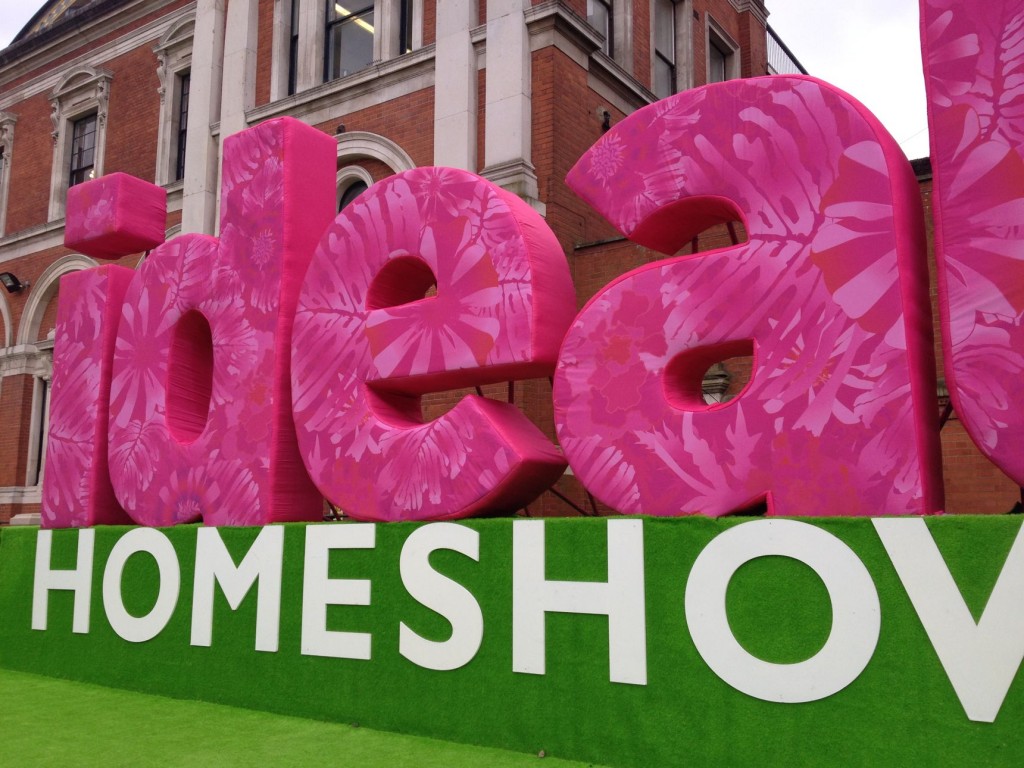

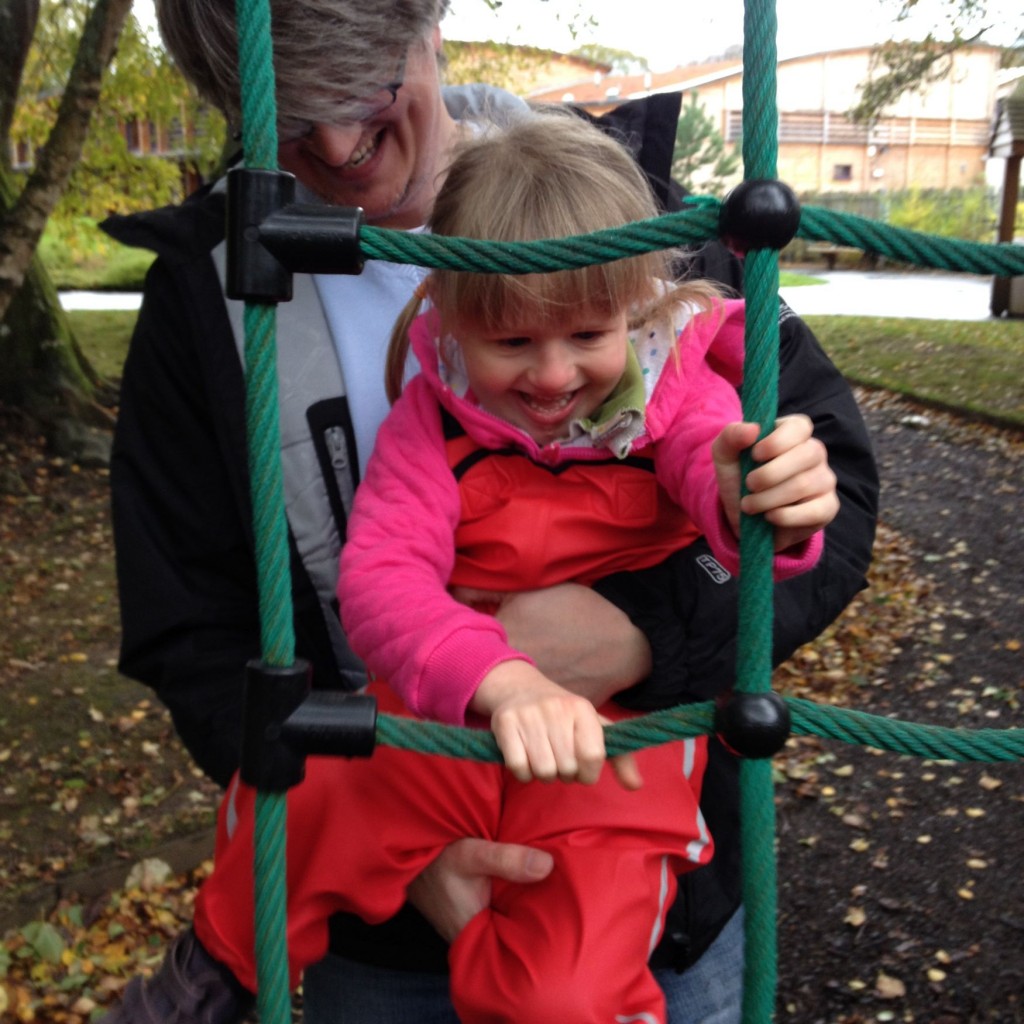
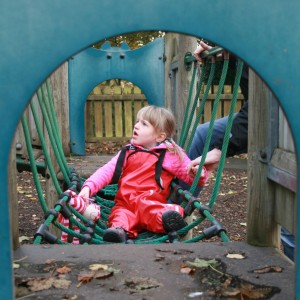
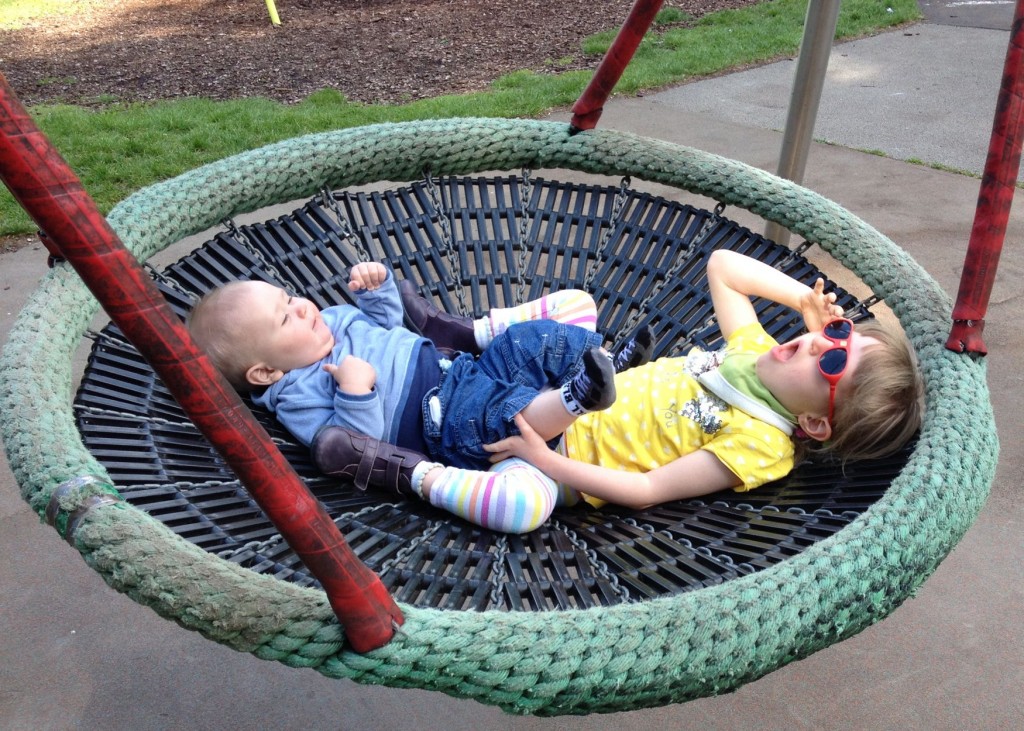 Playgrounds are really important to all children’s development (balance, body awarenes etc) but for children like EJ with sensory processing disorder, vestibular stimulation (things like swinging, spinning around, bouncing) is particularly important – it’s all fun therapy and learning!
Playgrounds are really important to all children’s development (balance, body awarenes etc) but for children like EJ with sensory processing disorder, vestibular stimulation (things like swinging, spinning around, bouncing) is particularly important – it’s all fun therapy and learning!

